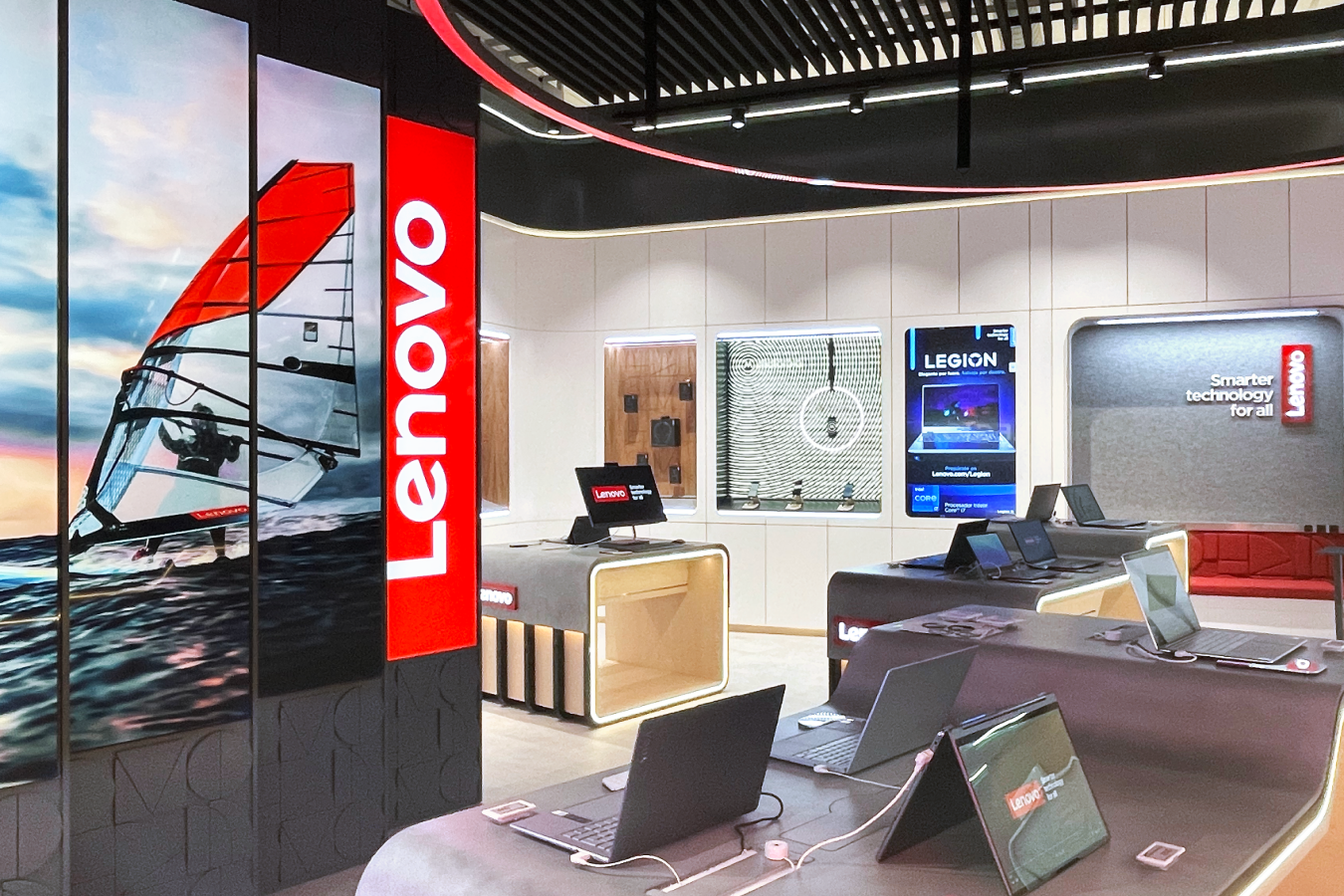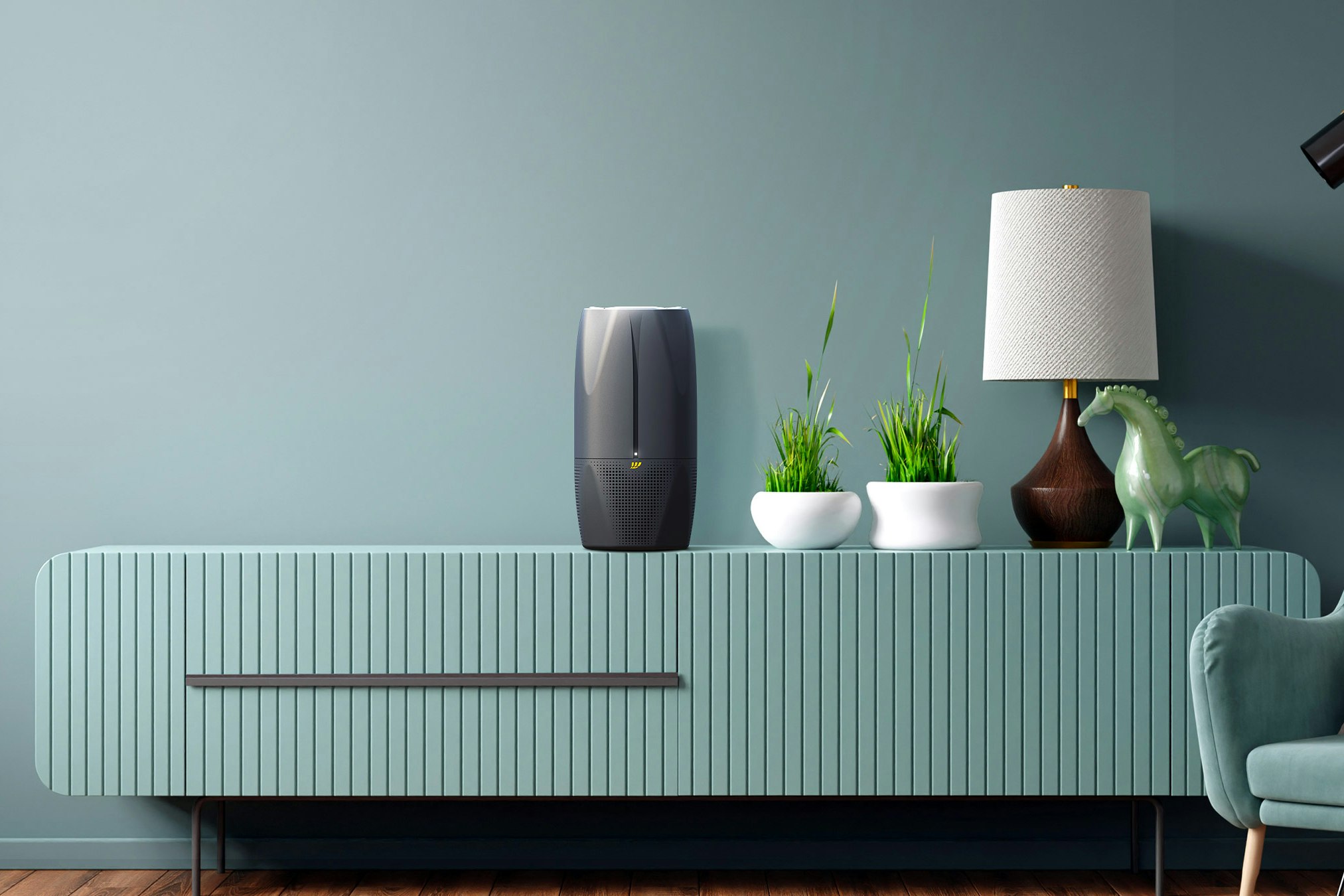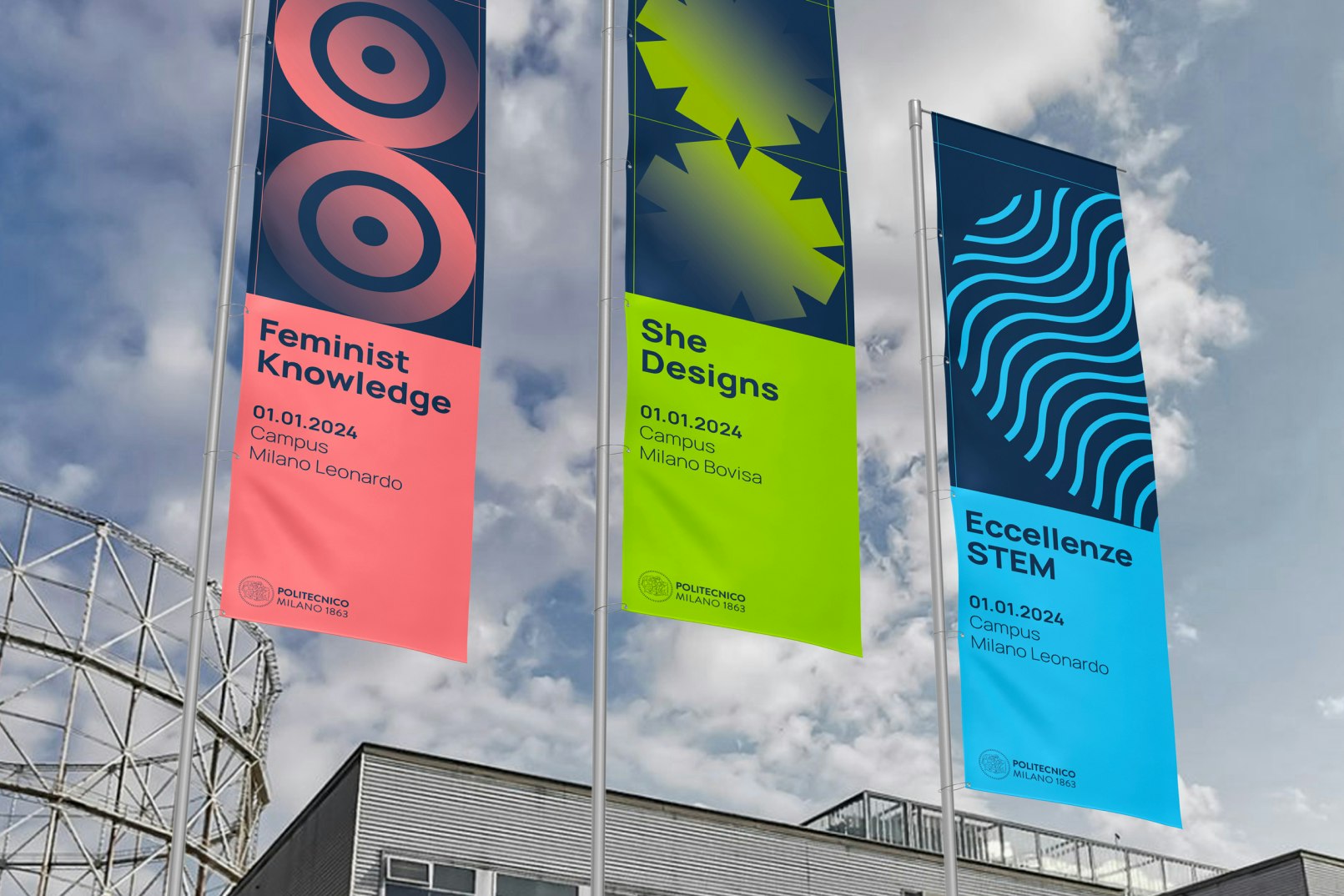Sketchin for me has always been a pioneering laboratory. We have faced challenges that the market had not yet considered, and when it does, it is often two years late. It is in our nature to be ahead and explore before all the others.
Today, the world of consulting has changed, technologies have taken the place of traditional approaches that would lead to generic and standardised solutions. Now, to really make a difference, an approach that can interpret complexity is needed and we have learned how to do it starting from what people experience. This is what makes us different: transforming what exists into experiences that were not there before.
We can do this in extremely complex contexts, where processes, people, business objectives, regulations and artificial intelligence are intertwined. This complexity does not scare us, rather it pushes us to take the role of orchestrators of complexity, to define how people interact with and through technology, and to build experiences that are relevant and transformative.
Over time, our challenge has changed. From being a website pioneer to having to design relational infrastructures, products and enabling services. It is no longer enough to create something beautiful or functional: we must be able to break the inertia, the force that blocks organisations and complex systems. If you do not break it, you cannot grow – and in the current socio-economic context, growth is everything.
In order to break this inertia, as a design leader, we must be all-encompassing, in the sense of being a guide and foretelling where the world is going, taking responsibility for interpreting new technologies and translating them into understandable, useful and meaningful experiences. We need an eye capable of reading the cultural, social and symbolic contexts in which these technologies fit. Each design choice has an impact that goes beyond functionality: it influences behaviours, shapes habits and builds new expectations. This is the field in which we move, where design mediates between what technology makes possible and what people are willing to experience. It must chart new paths and open up new time horizons. This is also the underlying principle of our DOT design process.








